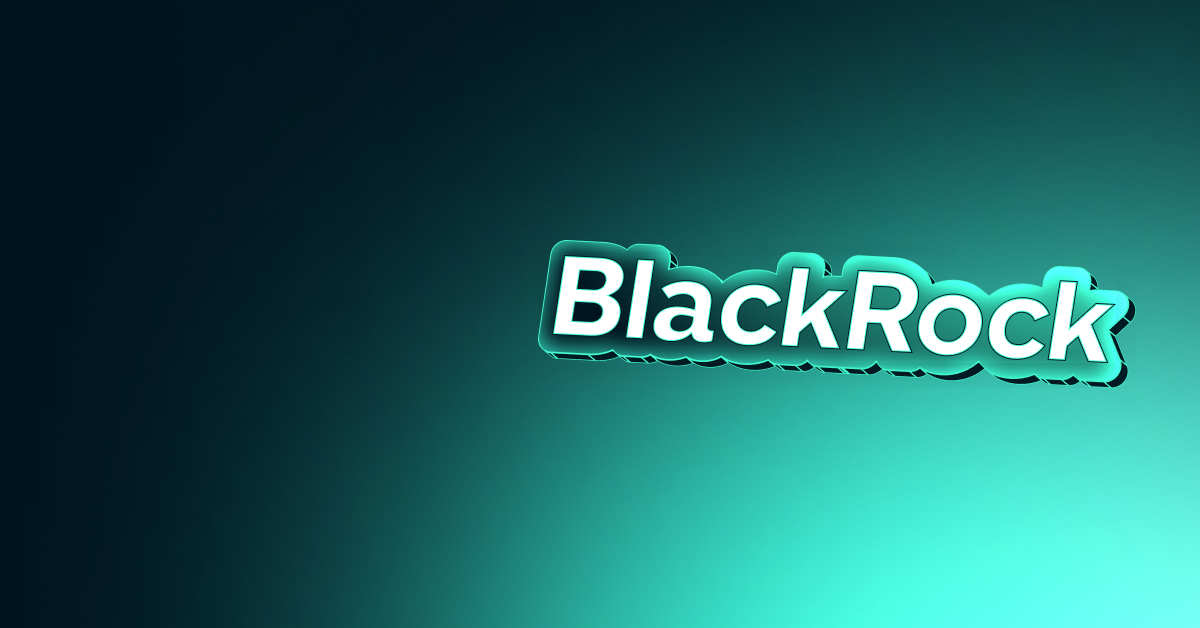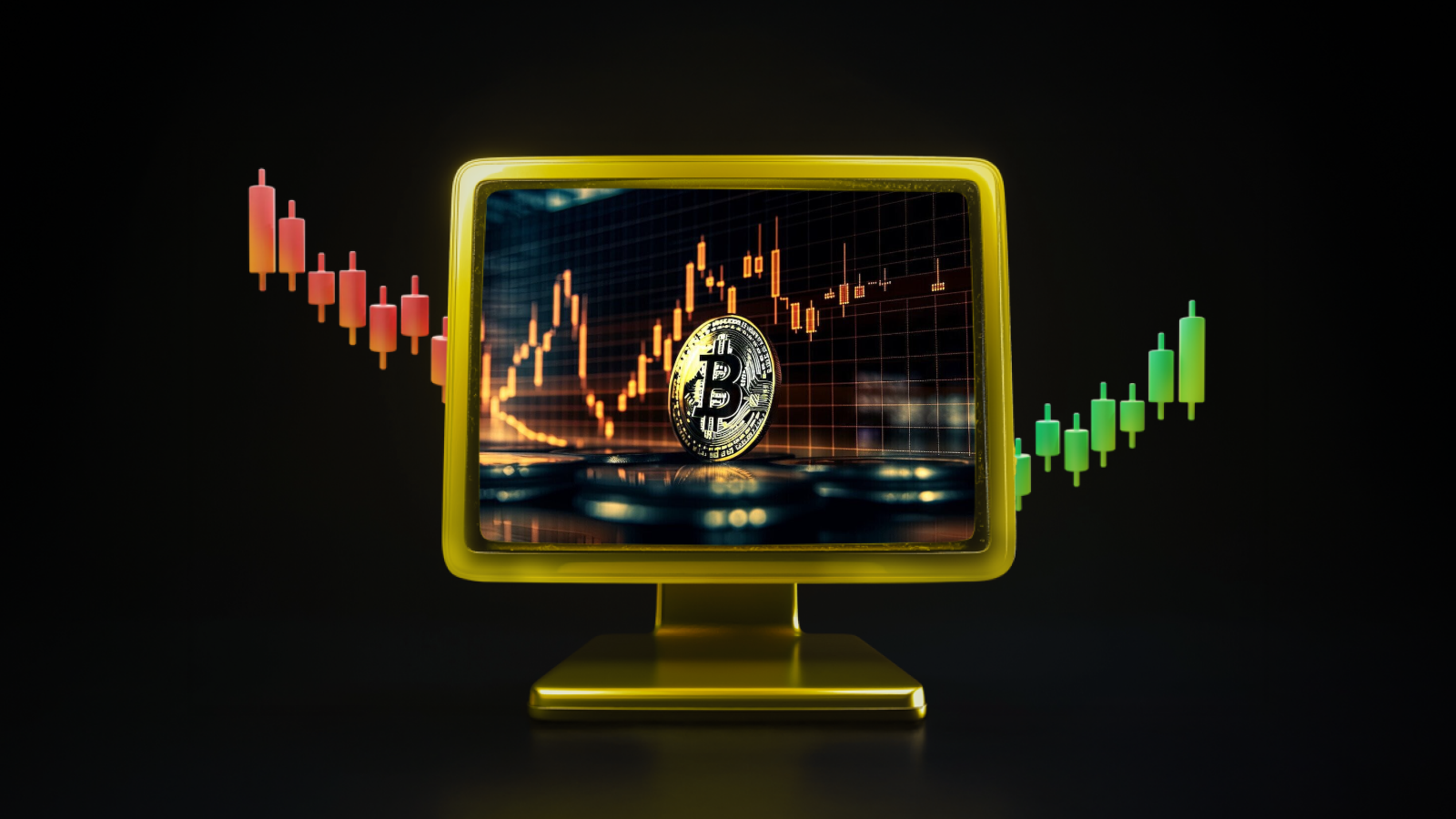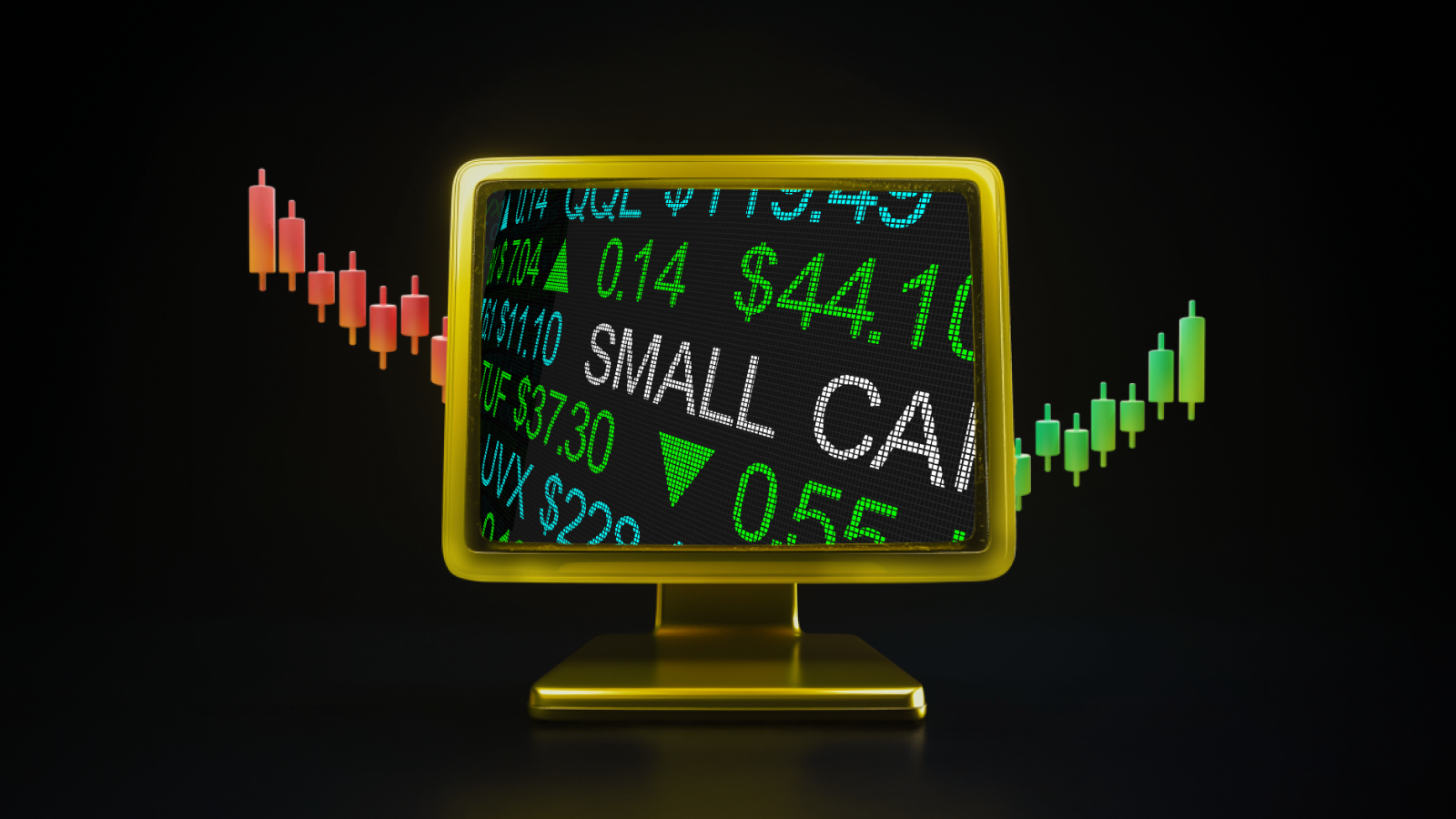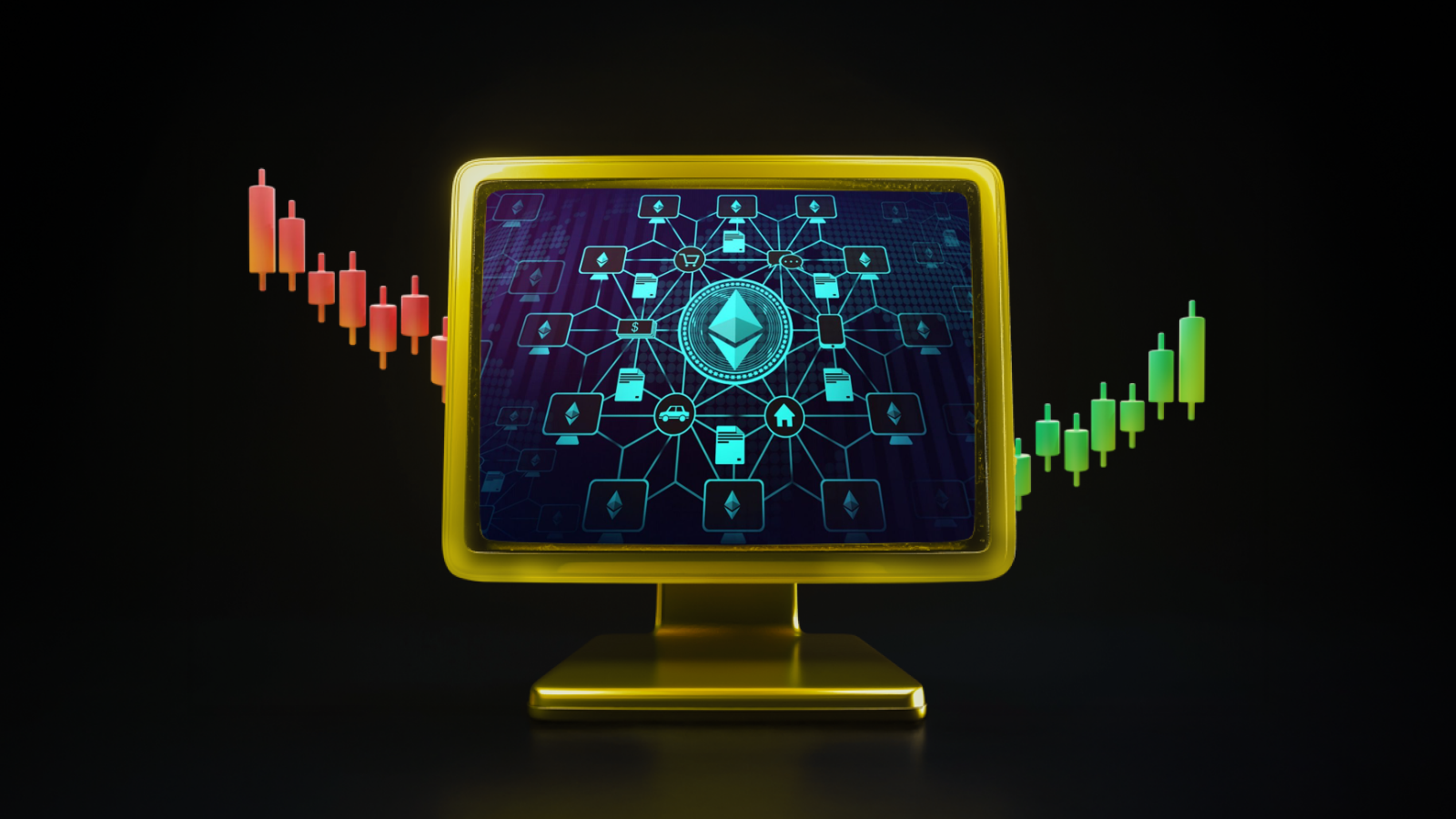WHAT IS BLACKROCK?
BlackRock is the world’s largest asset manager. Controlling more than $11.5 trillion in assets under management (AUM), BlackRock is the world’s largest investment firm. As of February 2025, BlackRock has a market capitalization of USD 166.57 billion. This makes BlackRock the 91st most valuable company in the world by market capitalization according to our data.
WHAT IS RWA TOKEN?
RWAs refer to a wide range of assets that physically exist or have significant real-world value. These assets include buildings and land, as well as intangible assets such as stocks, bonds and other financial instruments. Tokenizing these real-world assets means creating digital tokens (or cryptocurrencies) that represent ownership or stake in these real-world assets.
HOW ARE RWA’S CREATED?
The process of tokenizing Real-World Assets (RWAs) involves several steps that transform physical or intangible assets into blockchain tokens. This transformation is not only a technical undertaking but also involves a regulatory process to ensure that the tokens accurately and legally represent ownership of real-world assets.
Asset Selection and Evaluation: The first step in RWA tokenization is to select the asset to be tokenized. This asset can be anything from real estate and artworks to commodities and intellectual property. The asset’s market value, legality and suitability for tokenization are thoroughly assessed. This assessment ensures that the asset is suitable to enter the digital market.
Establishing the Legal Framework: Creating a clear legal structure around the tokenized asset. This includes defining the rights and responsibilities of token holders and ensuring compliance with existing regulatory frameworks. Legal clarity helps to govern the asset and maintain investor confidence and security.
Defining Token Attributes: Deciding on the token type – fungible (identical and fungible) or non-fungible (unique and non-fungible) – is a critical step. This also includes choosing the blockchain technology that will host the token, such as Ethereum, Polkadot or DeFiChain. Each offers different features that can benefit the tokenization process depending on the requirements of the asset.
Due Diligence and Asset Auditing: Next, the tokenized asset needs to be audited to ensure that there are no errors or gaps. This usually involves third-party auditors evaluating and verifying the smart contract code used to tokenize the asset, the asset’s attributes and legal status
Token Creation and Issuance: The actual creation of tokens is accomplished through smart contracts on the chosen blockchain. These contracts govern the behavior of tokens and their interactions with buyers and sellers. Once minted, tokens are issued and available for trading on various platforms
Building a Trading Platform: Tokens are listed on decentralized exchanges (DEXs) or through private marketplaces to be bought, sold or traded. These platforms facilitate liquidity and allow investors to interact directly with tokenized assets
Integration with Off-Chain Data: To ensure that tokenized assets remain relevant and up to date with real-world changes, they are integrated with off-chain data, often through Oracles. This can include real-time financial data, ownership changes and more, which is essential to maintain the integrity and value of the tokens.
BLACKROCK RWA TOKEN RELATIONSHIP
The Real-World Asset (RWA) trend has emerged as an important sector in the financial industry, blending traditional finance with blockchain technology and peaking in 2024. Leading asset management firm BlackRock has made great strides in the Real-World Assets (RWA) space since the launch of its Bitcoin ETF in early 2024 and now manages approximately $57 billion in BTC volume. Rights to various assets, including bonds, stocks, real estate and cultural assets, will be tokenized through RWA products. This innovation aims to democratize historically less accessible investment opportunities by promising greater liquidity, proof of ownership and transparency. “All tradable assets will be tokenized”. A pioneering fund called the BlackRock USD Institutional Digital Liquidity Fund (BUIDL) aims to offer qualified investors a new way to generate US dollar returns by subscribing through Securitize Markets, LLC. BlackRock’s foray into blockchain and RWA tokenization, particularly with the launch of the BUIDL Fund, marks a pivotal moment for the RWA space. It confirms the potential of blockchain technology to enhance asset management and settlement.
Plume’s Role in RWA Tokenization: As a leading player in solutions for RWAs, Plume is strategically positioned to benefit from BlackRock’s tokenization efforts, which offer an important infrastructure for efficient asset reconciliation.
Impact on Reconciliation and Liquidity: BlackRock’s tokenization initiative will deliver significant efficiencies by improving asset reconciliation and liquidity and open new opportunities for asset matching and global transactions.
Tokenization Market Expansion: BlackRock’s move signals a strong growth trajectory for the tokenization ecosystem, pointing to untapped market potential for securities and asset tokenization. Plume, a specialized solution for Real World Assets (RWA), plays a critical role in this shift by providing the infrastructure necessary for RWA to thrive. For a giant like BlackRock to launch a tokenized fund, seamless integration between the traditional financial system and blockchain is essential, and Plume fits this narrative in 2 ways. Plume provides the technical and operational infrastructure necessary for the efficient tokenization of assets. This infrastructure is crucial for funds like BUIDL that aim to tokenize and manage assets on the blockchain. Plume’s architecture is designed to fill this gap by offering functionalities that take advantage of the benefits of blockchain technology while meeting the needs of traditional financial institutions. This makes Plume an invaluable player in facilitating the incorporation of DeFi projects into the digital asset space. In a strategic move, BlackRock has also invested in Securitize, further strengthening the relationship between the two firms. Joseph Chalom, BlackRock’s Global Head of Strategic Ecosystem Partnerships, has joined Securitize’s Board of Directors as part of this investment, demonstrating how important this sector is to Blackrock. BlackRock’s strategic partnership with Securitize, a pioneer in the tokenization space, is a clear indication of the significant momentum building around the tokenization of securities and assets.
The BUIDL Fund operates essentially as a money market fund, offering fixed coin-based returns and pioneering an innovative approach to asset management that meets the demands of the digital age. Larry Fink, CEO of BlackRock, has long envisioned tokenization as the future of securitization. This vision is rapidly becoming a reality, as evidenced by the fund’s model, which specifically emphasizes institutional participation with a significant minimum investment threshold. BlackRock Financial Management, Inc. manages the investment side of the fund, with Bank of New York Mellon serving as custodian and administrator of the fund assets and Securitize managing the tokenized shares and overseeing fund subscriptions, redemptions and distributions.
ONDO, MAPLE AND PENDLE
Ondo
ONDO Coin is a cryptocurrency closely related to the RWA (Real World Assets) sector. A utility token based on the Ethereum blockchain, this cryptocurrency provides users with secure, efficient and transparent payment solutions. As a digital currency, ONDO Coin offers high transaction processing speeds and low fees, providing significant advantages in cost efficiency. The total supply of ONDO Coin is limited to 1 billion coins, providing a solid foundation for its value. It can serve not only as a means of payment for unlimited payments worldwide, but also as an investment asset, offering investors diversified investment options. The core concept of RWA is to incorporate traditional financial assets into the decentralized finance (DeFi) ecosystem through blockchain technology, thus enabling more efficient, transparent and secure asset management and trading. ONDO Finance is an implementer of this concept. In short, ONDO Coin serves as the governance token for the ONDO Finance and Flux Finance protocols and plays an important role in the RWA sector. It ensures that the direction of the platform is user community-driven and provides investors with opportunities for engagement and governance. With the continuous development of Ondo Finance and the maturation of the RWA sector, ONDO Coin is expected to show even greater potential and value in the future.
If we look at the performance of the Ondo coin, ONDO was launched on January 18, 2024. The price rose rapidly from then until March 2024, peaking in June, but has since fallen. However, it rebounded later in the year thanks to increased interest in real-world asset (RWA) cryptos, reaching an all-time high of $2.01 on December 16. As of February 2025, ONDO is priced at around $1.32. At the same time, its TVL currently stands at around $615 million, a nearly 3-fold increase from a year ago.
Maple
Maple Finance is a platform that operates on both the Solana and Ethereum blockchains, facilitating unsecured lending in the (DeFi) space by offering a concise set of unsecured on-chain lending options, allowing institutions and businesses to borrow directly from lenders without the need for a traditional bank. It runs on the blockchain, which means that all transactions are transparent and secure. Maple Finance was founded in 2021 by Joe Flanagan and Sid Powell. With its inception, there has been a significant development in the DeFi world, especially in the field of unsecured loans.
Maple Finance’s performance has seen incredible growth over the last few quarters, making it a giant in the lending industry. Maple Finance has shown remarkable growth thanks to its focus on compliance, security and transparency. Maple has positioned itself as a leading provider of high-quality on-chain lending solutions, with loan transactions exceeding $5 billion. Maple’s TVL has shown incredible growth over the past year, with over 500% growth in TVL in 2024 alone. While asset prices have been volatile for months, Maple has continued to scale throughout the summer of 2024. This shows that institutions and DeFi natives are actively seeking returns on their assets and using Maple Finance. This underscores the confidence that both lenders and borrowers have in Maple’s approach to secure and accessible lending solutions. The recent expansion of pools such as Syrup, USDT and USDC, which were recently launched as part of Maple Finance, and have already reached a total TVL of $260 million, reflects Maple’s ability to attract both conservative and high yield-seeking lenders. By offering a variety of risk profiles, Maple provides a tailored approach to DeFi lending that appeals to a wide audience, from blue-chip over-collateralized loans to higher-yielding altcoin loans. Overall, the consistent and exponential nature of TVL growth demonstrates the growing demand for Maple’s products
If we look at the performance of Ondo coin, Maple was released on May 2, 2021. The price has not broken the level of 62.51 dollars in April 2022 since the day we arrived and this was its highest level. On January 2, 2023, it was priced at its lowest level of $2.76. As of February 2025, MAPLE is priced at approximately $ 12.39. Maple Finance, on the other hand, launched its SYRUP token on November 13, 2024, and MPL holders switched at a conversion rate of 1 MPL to 100 SYRUP. On November 13th, the $SYRUP token will be launched, unlocking a new era of growth for Maple and the syrupfi ecosystem. The launch of the SYRUP token and SYRUP staking further catalyzes the growth of the broader Maple ecosystem and enables our community to directly benefit from the fastest growing enterprise DeFi platform. The fee revenues from Maple and Syrup’s lending operations will be used to buy back the SYRUP token, which will form part of the token emissions going to stakers.
Pendle
Pendle was co-founded by TN Lee, Vu Nguyen and was first introduced in November 2020 by Benchmark, formerly Benchmark, as “an on-chain yield asset aggregator that enables the segregation and trading of future yield”. Pendle Finance is a decentralized finance (DeFi) protocol that empowers the trading of interest rate derivatives by separating yield from yield-generating assets. Similar to zero-coupon bonds and coupons in traditional finance, this new on-chain approach offers liquidity providers and yield farmers new ways to manage risk, speculate on future returns, and optimize investment strategies. Pendle facilitates this market by separating the yield-generating tokens used in Ethereum into principal and yield tokens and providing liquidity pools where these tokens can be traded. In doing so, it provides a market for fixed and floating rates of backed yield-bearing tokens, where users can earn fixed yields, long yields and provide liquidity to the Pendle pool for the underlying token. Pendle is also introducing its new AMM, which takes into account decay over time. Since the value of tokens is time-dependent, the design of Pendle’s AMM helps prevent potential losses from mispriced financial assets.
Launched on June 16, 2021, PENDLE was priced at its highest level of $7.52 on April 11, 2024. Its low was $0.033 on November 10, 2022. It currently stands at $3.48 with a FDV of approximately $905 million and a market capitalization of $577 million. We don’t see Pendle’s growth slowing down, especially given its “customer base”. Cryptonary’s view Despite market conditions and corrections, Pendle’s performance has been exemplary, showing few signs of weakness.
CONCLUSION
This bold prediction is becoming a reality as institutional players seek safe entry points into the burgeoning world of digital assets. Initially, Exchange Traded Funds (ETFs) provided a gateway for these institutions. Now, with large amounts of assets under management, these organizations are looking to bring other types of assets they manage into the chain, which requires robust products. BlackRock’s entry into the tokenization space is likely to spur broader institutional participation in blockchain technology, transform asset management practices and increase financial market inclusion. The launch of BlackRock’s BUIDL Fund is a major step forward in tokenizing financial assets on a public blockchain. The implications for institutional adoption BlackRock stepping into the tokenization game is a big sign that the wider financial world is really starting to get into blockchain and digital assets. This shift could really shake things up in finance, making things more transparent and efficient and really questioning the old ways of managing and investing in assets. And clarifying regulatory rules will be key for institutions considering how to blend digital assets. Also, the technological infrastructure behind tokenization needs to get better. The potential benefits of tokenization are huge, especially when it comes to making financial markets more inclusive and far-reaching. As a result, with BlackRock leading the way, we could be on the verge of seeing finance become more digital and decentralized than ever before.





